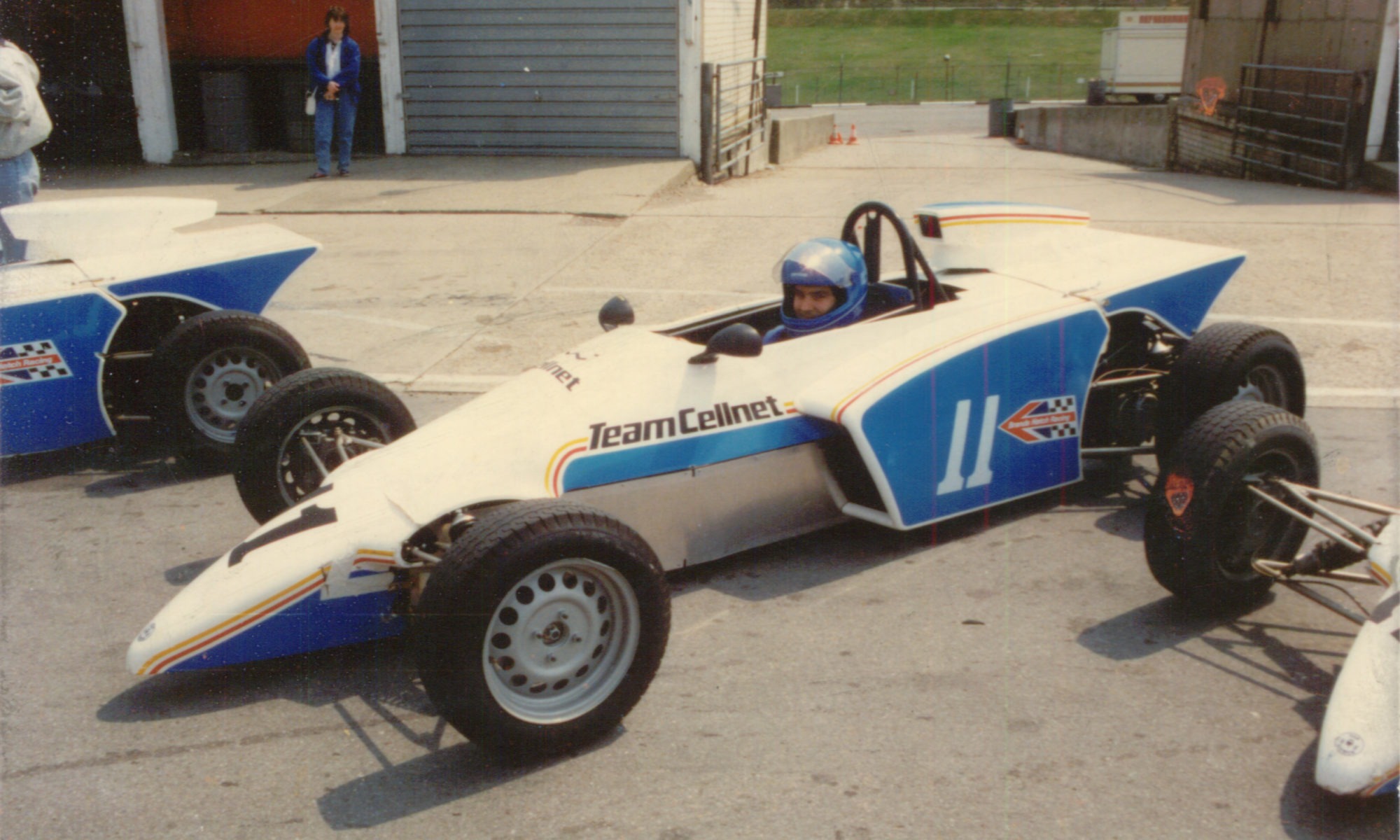I’d been planning to visit the Thames Valley Police Museum for quite a while, but it is only open from 10 a.m. to midday on a Wednesday, and that always seemed to clash with something else. In the end, I blocked out the time in my diary so I could go and today was the first time that opportunity arose.
Was that an Armed Police Officer?
The museum occupies a single, small room in the Thames Valley Police (TVP) training centre in Sulhamstead, reached down a single-track road. As I arrived, I passed the house, which is an imposing white building, and had to go a bit further on to turn around the car. There, milling around in front of a row of houses, were a number of armed police officers looking like they were about to storm the place. Then a couple more armed officers casually passed in front of the car. The museum is just a very small part of the TVP training centre, and today was clearly gun training day.
The website had said that I “must remain accompanied by a member of the Museum team throughout your visit.” I hadn’t expected this to be taken quite so literally by the two retired officers who greeted me as I arrived. Very much like the trip to the medical museum earlier this week I discovered that being the only visitor gives you plenty of unwanted attention.
I suspect that the reason that I needed to be accompanied here was they didn’t want me wandering off and getting shot but in such a tiny space, I would have thought that I could have been allowed to wander as I couldn’t get out without passing them. I must admit that found their presence intrusive.
Evening all
As you enter the room, right in front of you is a plinth behind which is sat a very realistic desk sergeant looking like something out of Dixon of Dock Green. He guards the sacred visitors book which I was encouraged to sign.
The museum itself is small but diverting, including a number of interesting displays on some more notorious crimes from the local area, including the Great Train Robbery, the Hungerford shootings (which I remember well), and the story of a woman who took in babies for money and then drowned them in the Thames at Reading. On some displays were QR codes that you could scan for additional content, such as the video below, which helped to add some colour to the displays.
I’ve found that where museums are pressed for space, and this one and the medical museum were both very much in that category, one of the first things to go are descriptions of the objects that put them into some sort of context. This is why the video content and, I have to admit, the presence of my guards, was very useful as otherwise they (the objects, not the guards!) would have been less interesting.
One example of this was a discussion of how pounding the beat has changed over the years. As you can see from the image at the bottom, there was a time when the route and timings were very prescriptive. My minders were telling me about how initially they had used police boxes (now commonly known as a TARDIS) to call in, and then later on, they were expected to call in every half an hour from a public phone box. Modern communications have made that unnecessary of course.
I think that I am probably more likely to revisit this museum than the medical museum, more because it’s a subject that interests me more rather than the museum itself, both of which were very similar in size and scope, but I’ll try and ensure that I am not the first one in!











